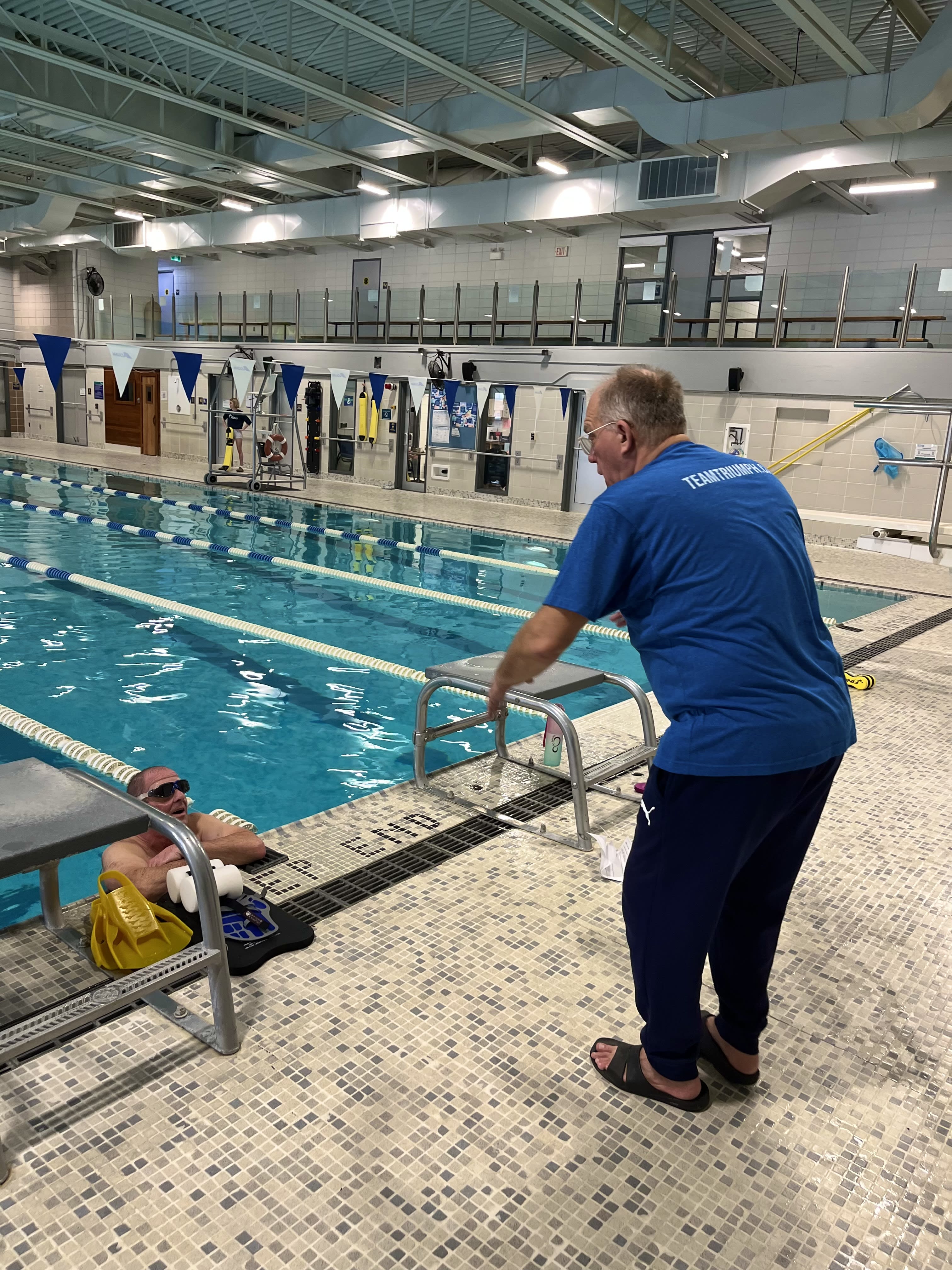
Polarised Triathlon Training is the concept of planning out your training into specific zones using watts, pace and heart rate. Think of it as the North Pole (low-end zones) and the South Pole (threshold and above).
Dr. Stephen Seiler researched and tested the Norwegian cross country skiers and discovered that the most successful skiers and those with the least injuries were those that followed a polarised plan training. They trained in either lower end zones or higher-end zones and they trained less in what we call the grey zone. I like to call this zone the edge of uncomfortable, that place where the endorphins are running high, you feel like you're working hard but couldn't go forever at this intensity. His research was then popularised by Matt Fitzgerald who wrote the 80/20 Triathlon book, the idea being that you spend 80% of your training in the low zones and 20% at threshold and above.
Joe Friel, Coach, my mentor and author of many books including the Triathlete's Training Bible, wrote about a way to simplify the 80/20 concept and suggested in a blog that a 5/2 training plan can work. 5 workouts at low intensity and 2 days at high intensity. At a Training Peaks Conference in Colorado, he and I spoke about the need to do more variety when training indoors during cold and snowy winters. My argument being that if you were riding every day outdoors, wind and hills would not allow you to spend 5 days in low zones so why would it be realistic to do that on a bike trainer all winter? That doesn't mean that there isn't a place for long Z2 workouts but realistically we need to add in some intensity on the Z2 days especially when we are on an indoor trainer, in a pool or on a treadmill. This will also relieve the boredom bug!
At the Tokyo Olympics, the triathlon world was taken by surprise when Norwegian Kristian Blummenfelt crossed the finish line to win gold and then went on to win at the world championships. His Norwegian coach Arild Tveiten was recently interviewed on the Training Peaks Coachcast on how he was able to produce such a strong athlete and develop such a strong team. He too spoke about polarised training and went as far as saying that he believed a 90/10 approach works with young up-and-coming athletes. What struck me was that he also spoke about the need to keep race-specific intensity training throughout the year. Coming from snowy Norway this statement had me intrigued.
When we look at Dr. Stacy Sims' review of the scientific literature, what she is discovering is that as we get older, we have had years upon years of long slow distance training. Our endurance tanks are extremely well built but what older adults start losing is their high-end speed, power and strength. Joe Friel also discusses this idea in his book Fast Over 50.
Perhaps for the over 50 triathlon set, we should be looking at a 4/5 ratio for swim/bike/run? 1 high-intensity swim, 2 high-intensity bikes, 1 high-intensity run and all other workouts in Z2? As I have blogged about though before, as we get older we also need to make sure that we get adequate rest and recovery. The best way to find out what works is to experiment with a coach and discover the best plan for you.
When planning out our triathlon group workouts or personal coaching programs, I like to provide a healthy mix of low-end training zones with some short fun fast sets and then other days where we work intensity. Winter is coming in the Great White North and as we shift the triathlon training indoors, keeping workouts fun with interesting drills and skills, long slow distance and power and speed workouts will be what not only gets you to the finish line and gets you there faster but they beat the boredom burnout bug too!
JULIA AIMERS is the Founder and Head Coach of Team Triumph Triathlon Club and Online Store. She is a Clinical Exercise Physiologist, High Performance Specialist, Accredited Training Peaks Coach and Certified Triathlon Coach.

I would highly recommended Eric and Team Triumph!
Ian Ross

A year ago I could only tread water and had not run since childhood. With the amazing Virtual Olympic course, support, guidance, and tips from of all the folks at Team Triumph I've ended the season with my first Olympic distance triathlon under my belt and am hooked! Really looking forward to the 2025 season and even to the hard work over the winter to prepare. Karen Houle

I wanted to let you know that the Perth triathlon was a great experience, I somehow placed third in my age group! What a supportive group of participants (including Team Triumph athletes), cheering bystanders and volunteers.
Thanks to your swim lessons, I learned the technical basics and gained confidence to get back in the pool after decades. And it was really special doing this with Ann Laidlaw, my bestie for many years. We did a couple of additional swims with Kevin and Team Triumph people, also a great way to continue learning and practicing good technical form.
I will continue with lane swimming and who knows, maybe there's another triathlon in my future!